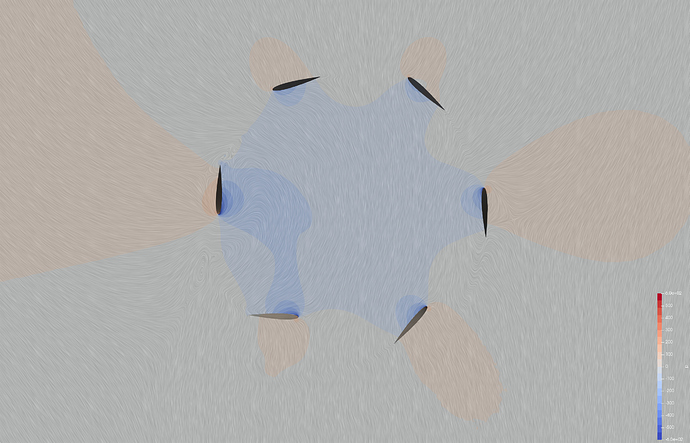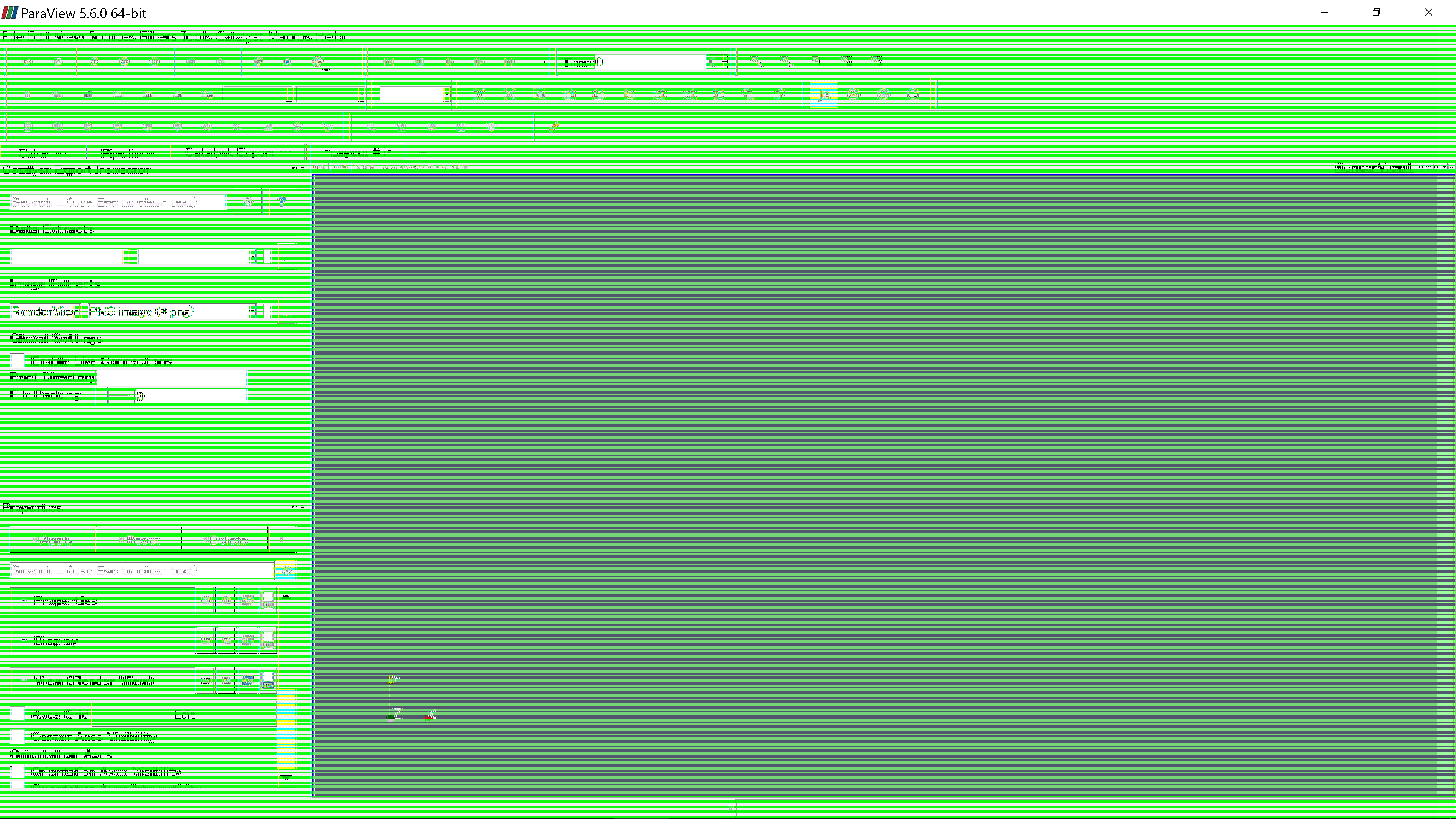

Resolution of the view, which will then be inherited by the screenshot: render_view = ()
#PARAVIEW 5.6 BLACK SCREEN PATCH#
While there are no critical security issues in the patch set, we recommend that everyone upgrade to ParaView 5.6.1. Image resolution can be set in one of two ways. David DeMarle and Cory Quammen ParaView 5.6.1 is a patch release that is intended to address bugs that were found in 5.6.0 after its release.
#PARAVIEW 5.6 BLACK SCREEN CODE#
To do so, you may use this code snippet: import os Parent directories will not be created automatically. The valid extensions are shown in parenthesesīefore saving the image, you must ensure that the directory it will be saved

To specify the output file format, simply change the file extension in theįunction call path argument. Paraview supports saving images in a number of image formats, including: RenderView is the 3D window view type, but a view could be any The default view should be called 'RenderView1'. Or you can access the active view with: render_view = () Views can be found by name with: render_view = ('ViewName') You should get terminal messages relating to the output of the VRPN server. Click the Start button in the botton left corner. Navigate to /gpfs/runtime/opt/paraview/5.6.0yurt/bin. Is the View object you would like to save. Click on the Restore VR State button in the bottom left corner of the Paraview UI. Relative to the directory from which the script was executed, and render_view Here, '/path/to/image.png' is the absolute path to the output file, or a path The basic Python API call for saving a screenshot looks like this: ('/path/to/image.png', render_view) In addition, you can also try tilting your phone’s display at a different angle to. Then observe your phone’s screen to see if you can spot any dead pixels or light bleeding. Afterward, keep your phone’s brightness setting on maximum brightness. The SaveScreenshot function is imported from the paraview.simple Firstly, Open this web app on your phone and tap on the black square to turn your screen black. To save a ParaView screenshot in a Python script, first import the necessary When you’re ready, hit OK and your image will be saved. Save your image to, enter an image name in the “File name” field, and select a This may include image resolution, background color, or image quality.Īfter you’ve made your selection, hit OK.ģ) Finally, in the next window, navigate to the parent folder you’d like to With an open ParaView session, and a Render View you would like to save, do theġ) Select File > Save Screenshot from the top menu.Ģ) In the window that appears, make any screen capture adjustments that are ParaView session, both interactively from the GUI and from a Python script.įor the purposes of this article, we will be using Paraview 5.4.1.įor installation instructions, please see the guide forįor help running ParaView scripts, please see theīatch-execution instructions. This article is intended to serve as a guide for saving screenshots from a


 0 kommentar(er)
0 kommentar(er)
